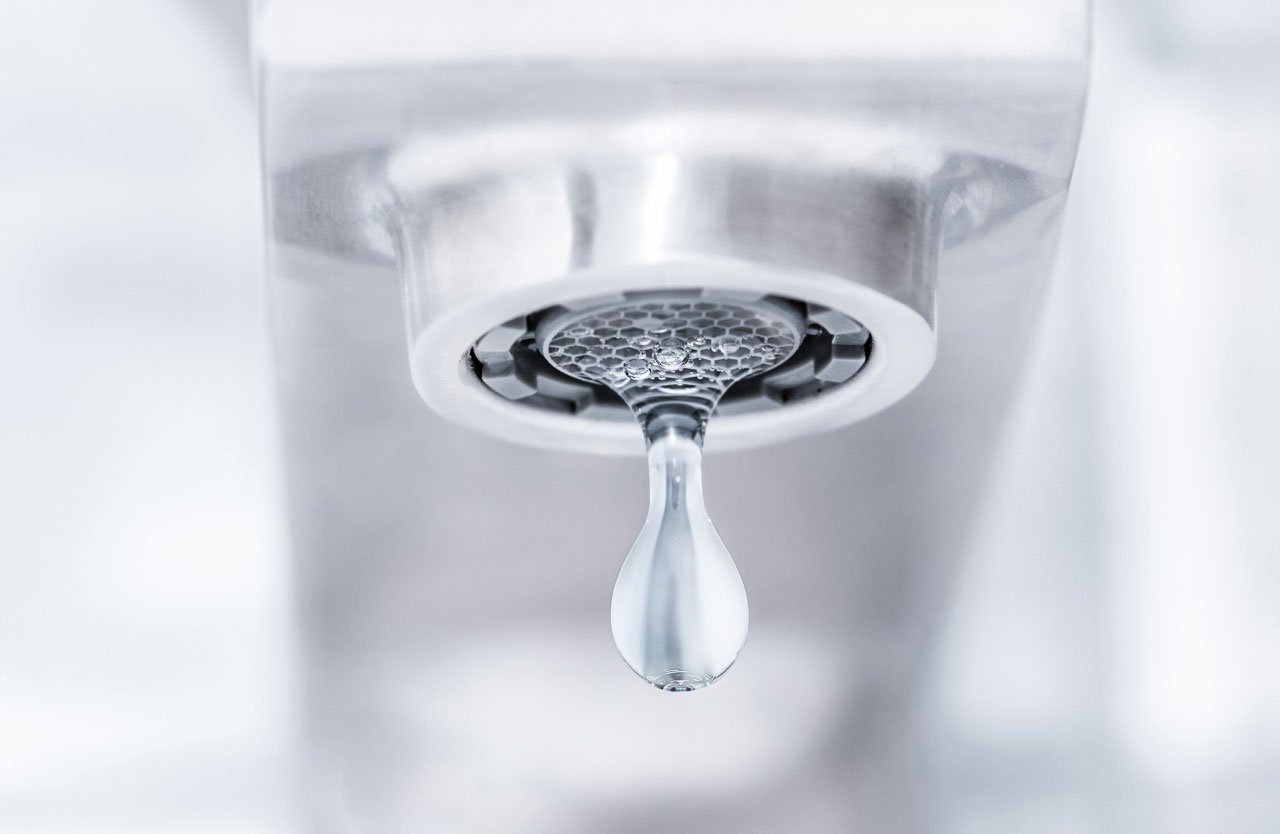Overview
Strontium is a metal that accumulates in the bones. Radioactive strontium-90 can cause bone cancer and leukemia, and any form of strontium at high doses can harm bone health. learn more about this contaminant
Strontium-90 has been emitted widely by nuclear power plants, weapons facilities, waste sites and nuclear research facilities. Strontium-90 is structurally similar to calcium and is thus taken up into bones. The chief health concerns from strontium-90 exposure are bone cancer and leukemia.
No federal drinking water standards for strontium-90 exist. California set a legal maximum of 8 picocuries of strontium-90 radioactivity per liter of water. California also has a public health goal of no more than 0.35 picocuries of strontium-90 per liter of drinking water. According to studies by the U.S. Geological Survey, strontium-90 also is a concern for water quality in private wells.
Click here to read more on radiological contaminants.
State, National, and Health Guidelines for Drinking Water
EWG Health Guideline: 0.35 pCi/L
The EWG Health Guideline of 0.35 pCi/L for strontium-90 was defined by the California Office of Environmental Health Hazard Assessment as a public health goal, the level of a drinking water contaminant that does not pose a significant health risk. This health guideline protects against cancer.
pCi/L = picocuries per liter
National Standard Exists
Health Concerns:
Cancer
Harm to bones











